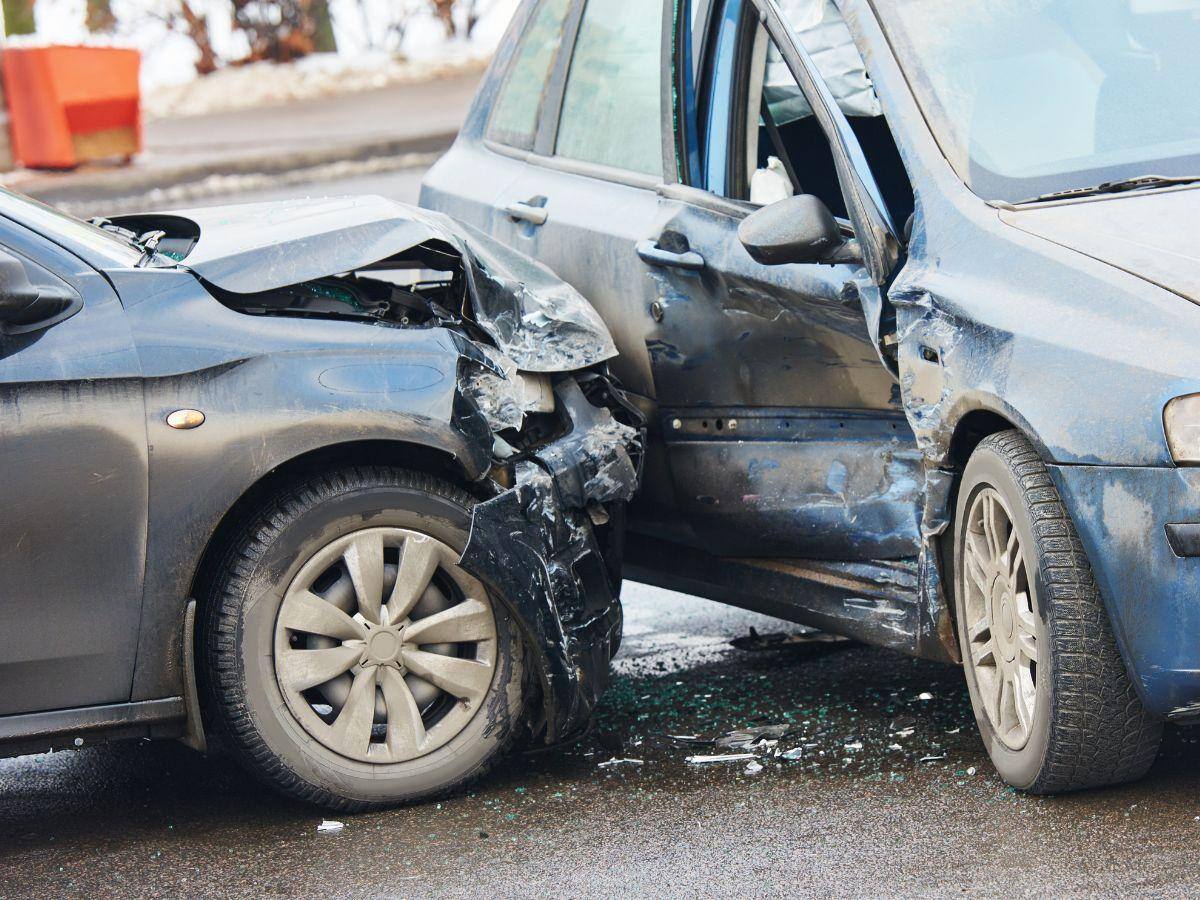When involved in a car accident, it is either an at-fault accident or a not-at-fault accident for both of the parties that had something to do with it.
An at-fault accident particularly means that you, the responsible party, is 100 percent in the wrong and the blame can be placed all on you.
When the accident is no-fault, it is determined that the other driver played a huge part in the car accident happening.
In order to decide who's at fault, there are many steps that the car accident victim must take for it to stick in court or with insurance companies.
In this post, Car Wreck Doctor will discuss the appropriate procedures that will help your case in proving that you were not the at-fault driver or that could prove you were the fault driver.
Table Of Contents
How To Determine Fault
No-Fault States vs. At-Fault States
Different Types Of Negligence
Contact Our Accident Lawyer
How To Determine Fault
In most instances, car insurance companies will determine who was the at-fault driver with a claims adjuster doing the vast majority of the investigating.
The steps they take to come to a decision on who is the responsible party for the car auto accident includes talking to anybody present at the accident scene, analyzing physical evidence, and reading the police accident report or any important documentation that helps with this resolution.
Here are the steps the adjuster makes that helps with the settlement of fault determination, in detail:
Witness Statements
The insurance companies that the two parties will have to present evidence to will want to talk to everybody and anybody who witnessed the incident go down.
Whether it be a simple phone call or a face-to-face meeting, it is imperative to speak with them to get a clear, accurate depiction of what happened.
After this, the insurance company that you're currently with will make a decision on who's the guilty party based on the state laws on negligence.
Police Reports
After law enforcement has been contacted and they made their way to the accident, they will have you fill out an accident report for future reference.
It should include every single detail concerning the auto collision like statements from both parties, how the accident occurred, and other things that will help with the insurance company's decision.
Having a relevant and precise story to give the police officers should be a high priority in order to receive fair compensation for the damages you've suffered from.
Physical Evidence
During the claims process, having different types of evidence like photos of the accident scene, videos of the surroundings, and information from the other driver.
This plays an integral role in deciding who deserves more of the fault and who will be compensated fairly based on property damage, accident injuries, and other important factors.
Having all your ducks in a row is key for this when calculating what you're owed after everything comes together for both parties.
If the insurance companies cannot make a clear determination on who was the more at-fault, a claims case will more than likely turn into an accident lawsuit.
No-Fault States vs. At-Fault States
Although most states are at-fault states, there are a few exceptions with some states being a no-fault state and other even being a choice no-fault state.
There are different state laws that, based on what you're entitled back after an accident, will reward you based on what the insurance believes you deserves.
These are the differences between at-fault states vs. no-fault states:
At-Fault States
When you're in an at-fault state, the insurance adjuster will deem you financially responsible for any injuries and property damage from the victim.
They will look at all of the hard evidence presented to them by the victim and find out who did what in the accident and who's getting compensation.
The fault driver's insurance company will cover the victim's medical bills for their injuries, any lost wages, emotional trauma, and property damage.
These states include:
- Washington
- California
- Georgia
- South Dakota
- Texas
- Arizona
- New Mexico
- Nevada
- Colorado
- Oklahoma
- Illinois
- Michigan
- Indiana
- Ohio
- Alabama
- Louisiana
- North Carolina
- South Carolina
- West Virginia
- Virginia
- Washington D.C
- Maryland
- Delaware
- Connecticut
- New Hampshire
- Vermont
- Maine
- Wisconsin
- Iowa
- Missouri
- Arkansas
- Tennessee
- Nebraska
- Wyoming
- Montana
- Idaho
- Oregon
- Alaska
- Mississippi
No-Fault States
In a no-fault state, the laws are a little different and more complicated compared to the at-fault states and their policies.
The victim of a car crash will be taken care of by their insurance company and not by the driver who is responsible for their economic and non-economic damages.
For states that are no-fault, they require all drivers to maintain a minimum amount of personal injury protection coverage for when these situations arise.
States with no-fault laws include:
- Utah
- Minnesota
- North Dakota
- Michigan
- Kansas
- Florida
- New York
- Hawaii
- Pennsylvania (Choice No-Fault)
- Kentucky (Choice No-Fault)
- New Jersey (Choice No-Fault)
The three states - Kentucky, Pennsylvania, and New Jersey - gives drivers a choice between a fault or no-fault policy and will have to choose again when they renew their policies.
Different Types Of Negligence
There can be times where the accident was completely one driver's fault and they're the ones that have to cover the rewards for the affected party.
However, there are also other times that both parties share the way amount of blame, which state law will come to a conclusive decision on who will be held liable.
Some states carry different negligence laws from others that include:
Modified Comparative Negligence
If you reside in a state that follows modified comparative laws, you will not receive any compensation from the other driver if you hold over 50 percent of the fault.
You are not even allowed to file an accident claim unless you are under 50 percent responsible for the accident.
States with these laws include:
- Delaware
- Kansas
- Hawaii
- Montana
- Minnesota
- Nebraska
- Oklahoma
- Ohio
- Idaho
- Connecticut
- Colorado
- Georgia
- Illinois
- Indiana
- Maine
- Iowa
- North Dakota
- New Hampshire
- New Jersey
- South Carolina
- Wyoming
- West Virginia
- Texas
- Pennsylvania
- Tennessee
- Utah
- Vermont
- Wisconsin
- Oregon
Contributory Negligence
Also known as pure negligence, this law states in a nutshell that you're not entitled to any compensation for any damages regardless of the percentage of blame.
You would have to be able to prove that you maintain 100 percent innocence in this case and the responsible party caused all the damage.
States with this law are:
- Maryland
- North Carolina
- South Carolina
- Virginia
- Alabama
- District of Columbia
Comparative Negligence
Comparative negligence law allows you to be fairly compensated based on the percentage of fault you share.
If one driver's comparative fault is more responsible than the other, they're financially liable to take care of their percentage of fault and vice versa.
States with this law include:
- Mississippi
- New Mexico
- Rhode Island
- Washington
- California
- Florida
- Arizona
- Alaska
- Kentucky
- Louisiana
- Missouri
Contact Our Accident Lawyer
Our experienced car accident attorneys will work hard to get back all of your losses. This includes lost wages, pain and suffering, medical bills, property damages, and permanent injuries sustained in the accident. We provide a free consultation for you to speak with our expert car accident attorneys one-on-one without a fee. We at Car Wreck Doctor look to help you in every aspect of the case and to regain your well-being in the process. Start your claim with us now by scheduling a free consultation with one of our car accident attorneys. We will not charge you a dime until the judge and jury awards you with your compensation. Until then, we will help you all the way to that point, no strings attached.

